Introduction
Mount Whitney Eastern Sierra California USA stands tall as the highest peak reaching an elevation of 14,505 feet. This iconic mountain, located in California’s Sierra Nevada range, attracts thousands of hikers each year, all eager to conquer its majestic heights. Whether you’re a seasoned hiker or someone looking to challenge yourself, the allure of Mount Whitney is undeniable. This blog post will guide you through everything you need to know about tackling this formidable hike, from understanding its difficulty to preparing physically and mentally for the adventure.
Table of Contents

Mount Whitney Key Features
- Elevation: 14,505 feet (4,421 meters)
- Location: Sierra Nevada mountain range, California
- Difficulty: Strenuous, requires technical climbing skills
- Permit Required: A wilderness permit is required to hike to the summit.
Mount Whitney Permits and Trail Conditions:
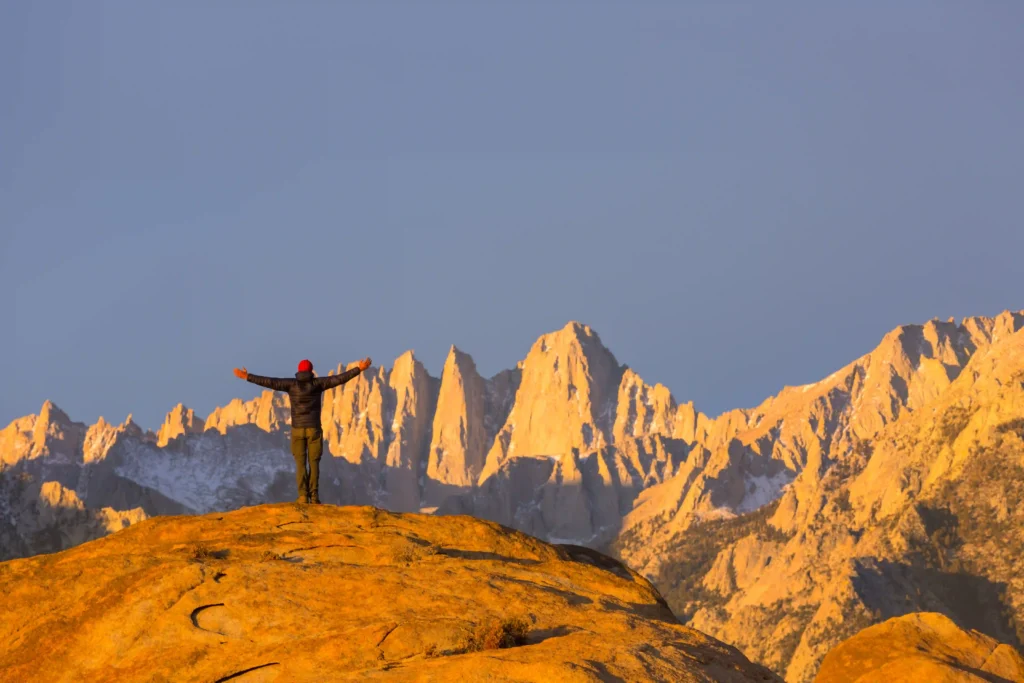
Mount Whitney Eastern Sierra California USA Permits
- Wilderness Permit: A wilderness permit is required to hike to the summit of Mount Whitney. Permits are issued through a lottery system.
- Lottery System: The lottery for permits opens in late February and closes in early March. Results are announced in late March.
- Group Size: Permits are issued for groups of up to 10 people.
- For Reservation & Permits

Mount Whitney Eastern Sierra California USA Trail Conditions:
- Snow: The trail to the summit can be covered in snow, especially at higher elevations. Check trail conditions before your hike.
- Weather: Weather in the Sierra Nevada can be unpredictable, with sudden changes in temperature and precipitation. Be prepared for changing conditions.
- Altitude Sickness: The high altitude of Mount Whitney can increase the risk of altitude sickness. Acclimatize gradually before attempting the summit.
Understanding the Difficulty of Mount Whitney Eastern Sierra California USA
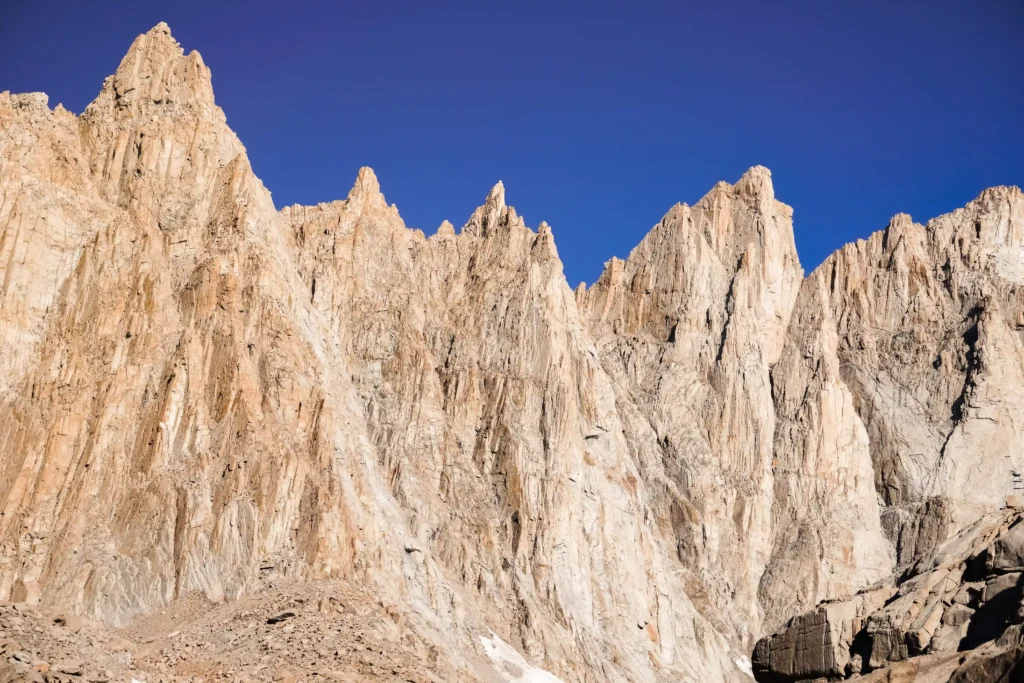
Mount Whitney offers several routes to the summit, each with its unique challenges. The most popular route is the Mount Whitney Trail, a 22-mile round trip that begins at Whitney Portal. While this trail is well-maintained, it demands a high level of fitness due to its steep ascent and rugged terrain. Other routes, such as the Mountaineer’s Route and the East Face Route, offer more technical climbs that require advanced mountaineering skills and experience.
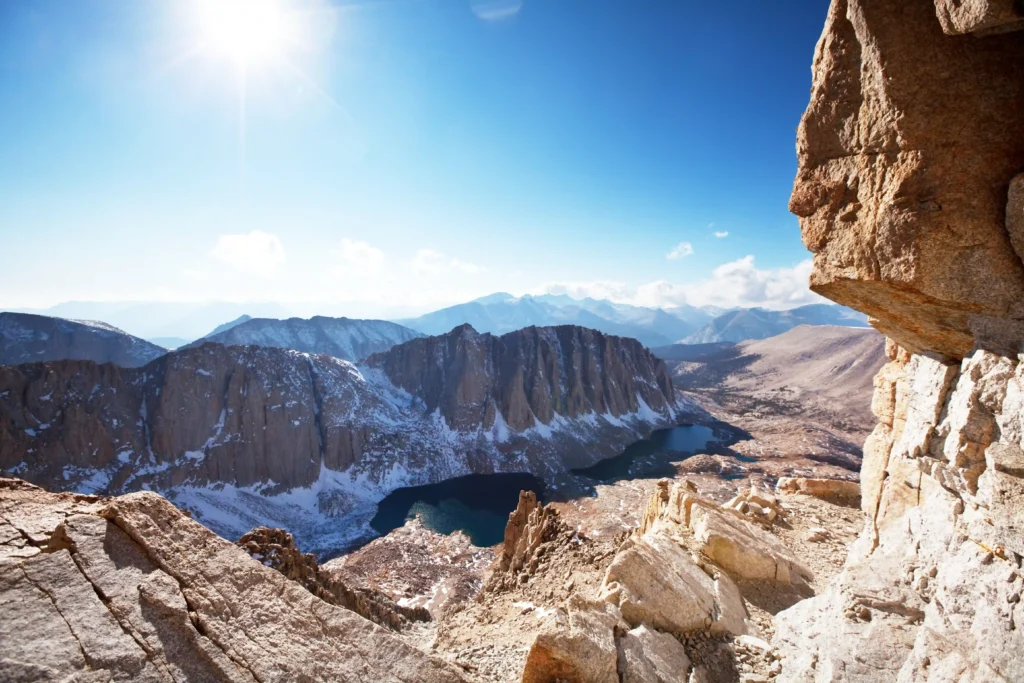
The Mount Whitney Trail itself is not technically difficult but requires endurance and acclimatization to the high altitude. Hikers can expect to encounter rocky paths, steep switchbacks, and potentially snow-covered sections, even in summer. The combination of distance, elevation gain, and altitude makes this hike a challenging yet rewarding endeavor.
Hiking to the Summit of Mount Whitney Eastern Sierra California USA
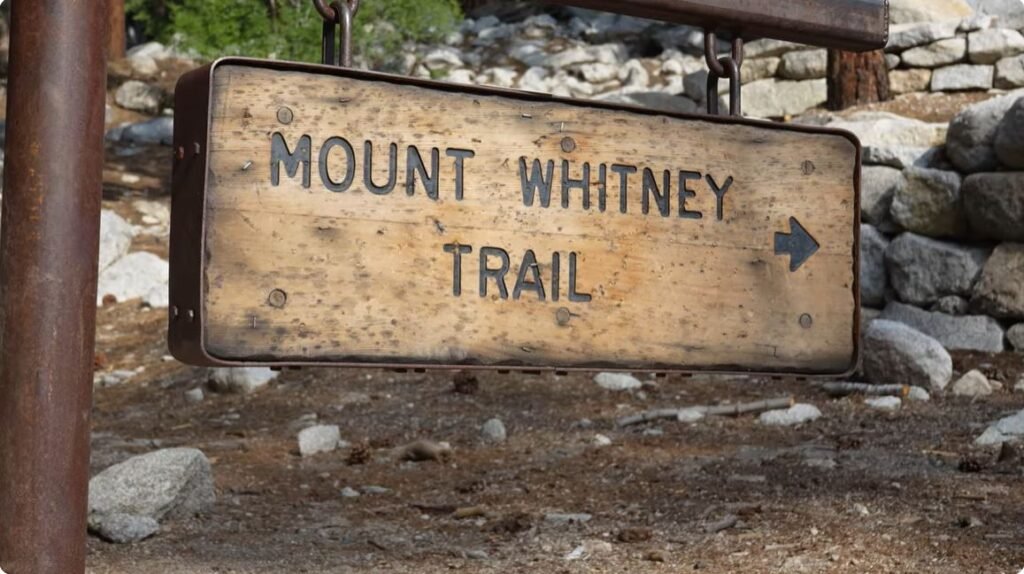
- Trail Options: The most popular trail is the Whitney Trail, which starts at Whitney Portal and ascends to the summit. Other options include the Lone Pine Lake Trail and the Whitney Portal Lakes Trail.
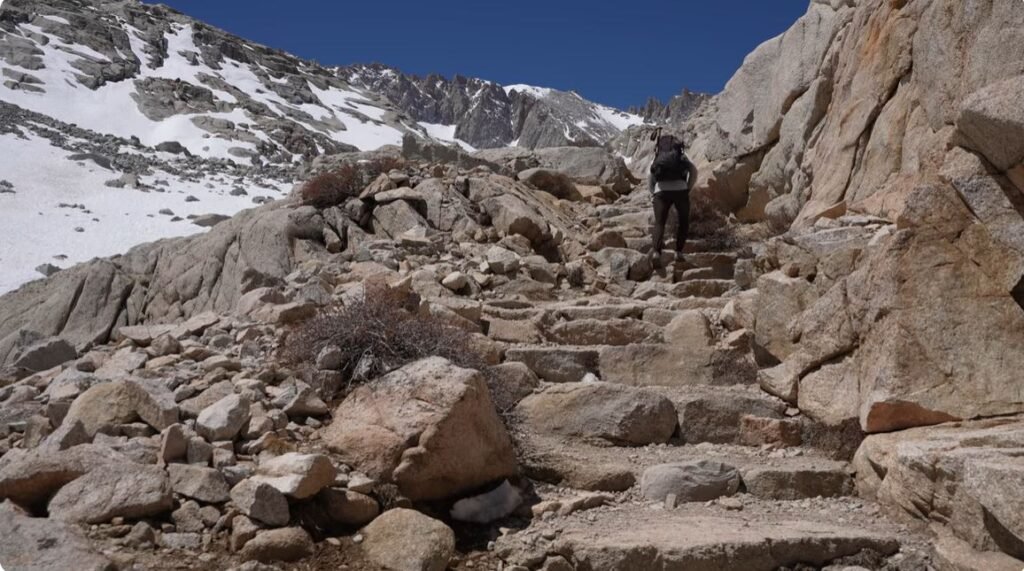
- Difficulty: The hike to the summit is challenging and requires good physical condition, technical climbing skills, and proper acclimatization.

- Permit: A wilderness permit is required to hike to the summit. Permits are issued through a lottery system. More Info on permits and lottery system
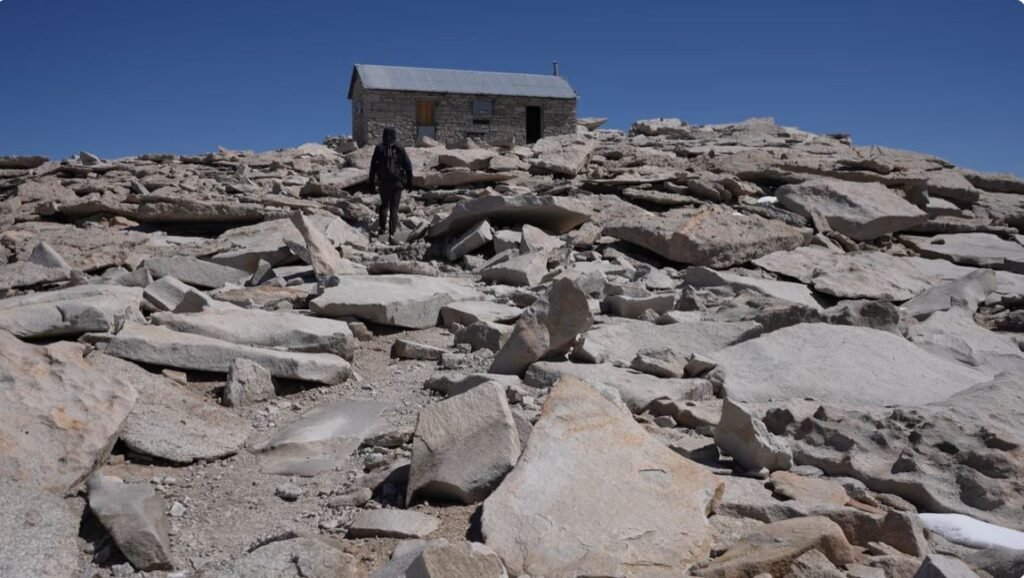
- Best Season: The best time to hike Mount Whitney is typically from late June to early September, when the snowmelt has receded.
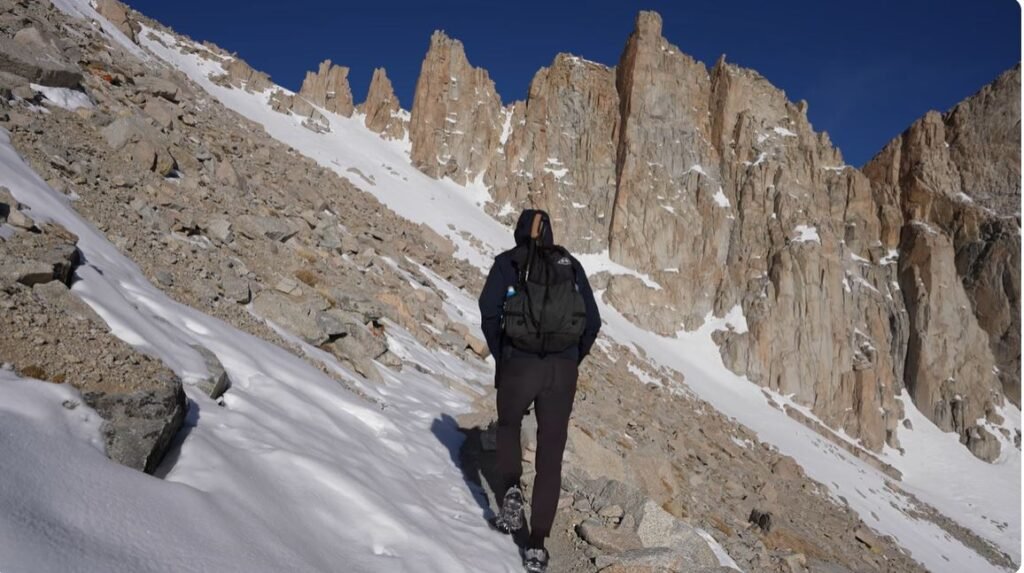
Physical Preparation for Hiking Mount Whitney Eastern Sierra California USA:

Training for Mount Whitney Eastern Sierra California USA begins months before you set foot on the trail. Cardiovascular fitness is crucial, so incorporate activities like running, cycling, and swimming into your routine. Aim for at least three to four cardio sessions per week, gradually increasing intensity and duration.
Strength training is equally important. Focus on exercises that target your legs, core, and upper body. Squats, lunges, and deadlifts will build the leg strength needed for steep ascents, while planks and Russian twists will enhance your core stability. Don’t forget to include upper body exercises like push-ups and pull-ups, as you’ll need to carry a backpack and use trekking poles.
Simulate hiking conditions by adding weighted backpacks to your workouts and tackling local trails with significant elevation gain. This will help your body adapt to the demands of long hikes and carrying additional weight.
Mental Preparation for Hiking Mount Whitney Eastern Sierra California USA
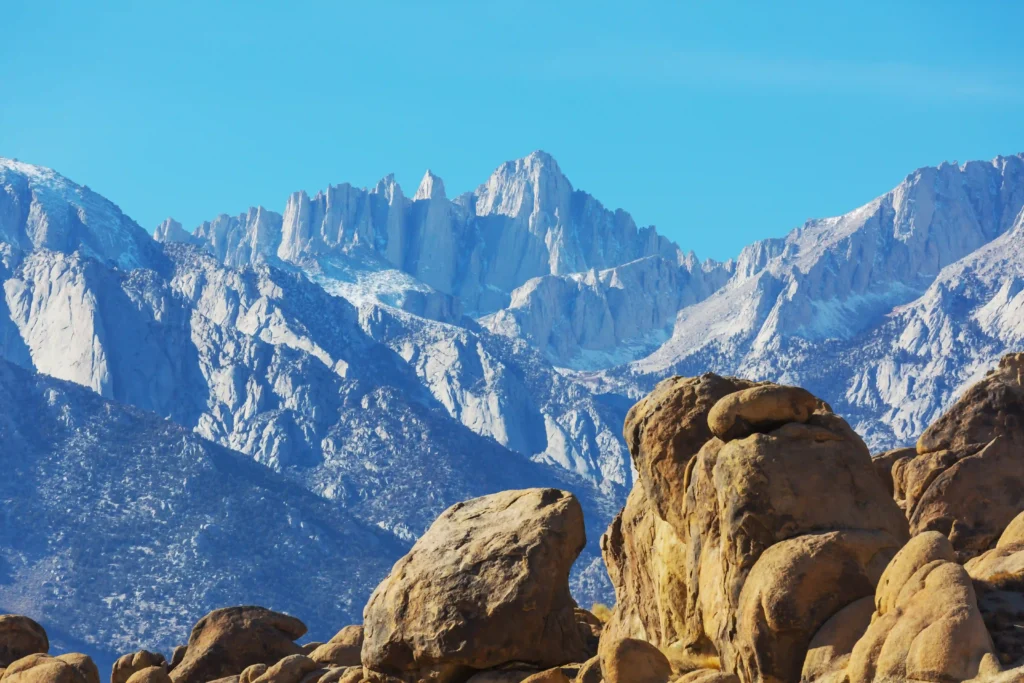
Conquering Mount Whitney Eastern Sierra California USA is as much a mental challenge as it is a physical one. The key to staying motivated is setting realistic goals and breaking the hike into manageable sections. Visualize yourself successfully reaching each milestone, from trailhead to summit.
Mental resilience is built through practice. Engage in mindfulness exercises, such as meditation and deep breathing, to cultivate a calm and focused mindset. These techniques can be invaluable when facing unexpected challenges on the trail, such as sudden weather changes or physical fatigue.
Stay connected with your hiking group or support system. Sharing your goals and progress with others can provide encouragement and accountability. Additionally, reading personal accounts from past hikers can offer insights and inspiration for your own journey.
Safety Considerations for Mount Whitney Eastern Sierra California USA:
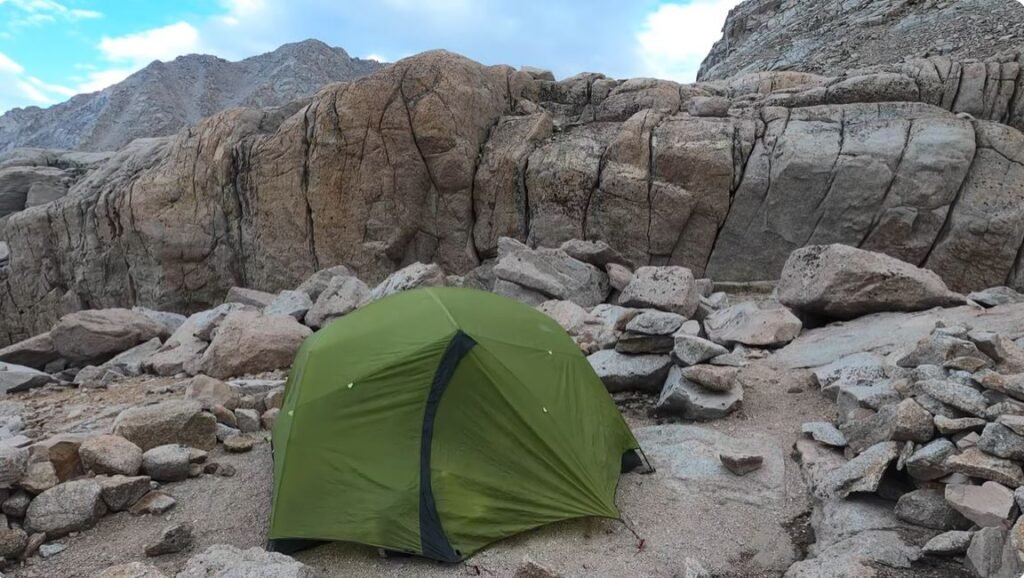
Safety should always be a top priority when hiking Mount Whitney. Altitude sickness is a common concern, as the summit’s high elevation can cause symptoms like headaches, nausea, and dizziness. To mitigate this risk, plan a gradual ascent and allow your body time to acclimate. Consider spending a night at a higher elevation, such as the Outpost Camp or Trail Camp, before attempting the summit.
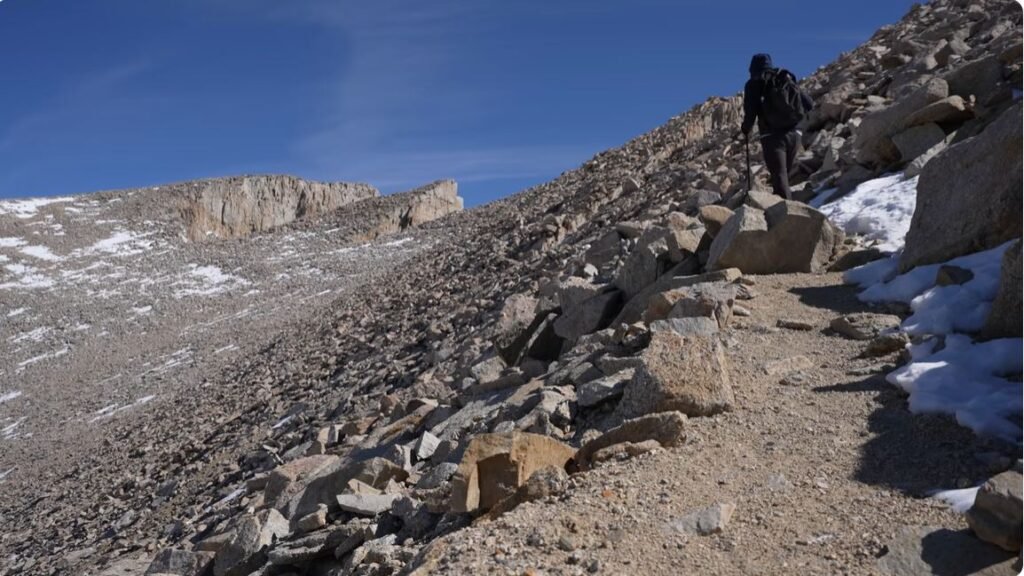
Weather conditions on Mount Whitney can be unpredictable, with sudden storms and temperature drops. Check the forecast regularly and be prepared for all scenarios by packing appropriate clothing layers, including a waterproof jacket, thermal layers, and a hat and gloves. Always carry a map, compass, and GPS device to stay on track.
Emergency preparedness is essential. Carry a first aid kit, extra food and water, and a portable phone charger. Familiarize yourself with the signs of altitude sickness and hypothermia, and know when to turn back if conditions become unsafe.
Other Attractions in the Mount Whitney Area
In addition to Mount Whitney itself, the surrounding area offers a variety of other attractions:
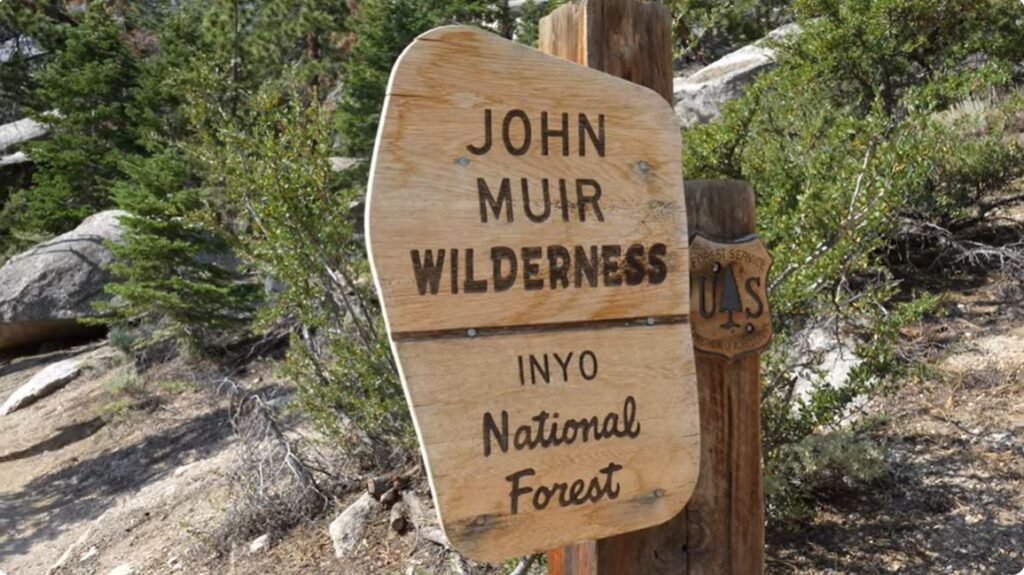
- Inyo-White Mountain Wilderness: A vast wilderness area that offers opportunities for hiking, camping, and fishing.
- Lone Pine Lake: A scenic lake located near the base of Mount Whitney, offering opportunities for fishing, boating, and camping.
- Alabama Hills: A unique landscape of rock formations that have been featured in numerous movies.
- Manzanar National Historic Site: A former Japanese American concentration camp that has been preserved as a memorial.
- Death Valley National Park: Located nearby, Death Valley is a vast desert landscape with unique geological features and wildlife.
Conclusion

Mount Whitney is quite the challenge, standing tall as the highest peak in the contiguous U.S. at 14,505 feet. But with some preparation and the right mindset, it’s totally doable for many determined hikers. Whether you’re in it for the physical challenge, the breathtaking views, or just the sense of triumph at the top, the journey itself is packed with unforgettable moments. The trail takes you through all sorts of landscapes, from lush forests to rugged alpine terrain, with each step offering something new to see. Why not start your adventure today? Grab your gear and feel the thrill of reaching new heights, creating memories that will last a lifetime.
FAQ: Frequently Asked Questions:
Is Mount Whitney a volcano?
Mount Whitney is not a volcano-like most of its neighbors in California.
Can my dogs hike Mount Whitney?
You’ll need to leave pups at home — dogs aren’t allowed on this trail.
How do you win the mount Whitney permit lottery?
You apply for your preference of dates, group size, and type of trip. List up to 10 alternate trip choices and three alternate leaders on one application. Permit types are Day Use and Mt Whitney Trail Overnight. Overnight trips approaching the mountain by other routes are not in this lottery.
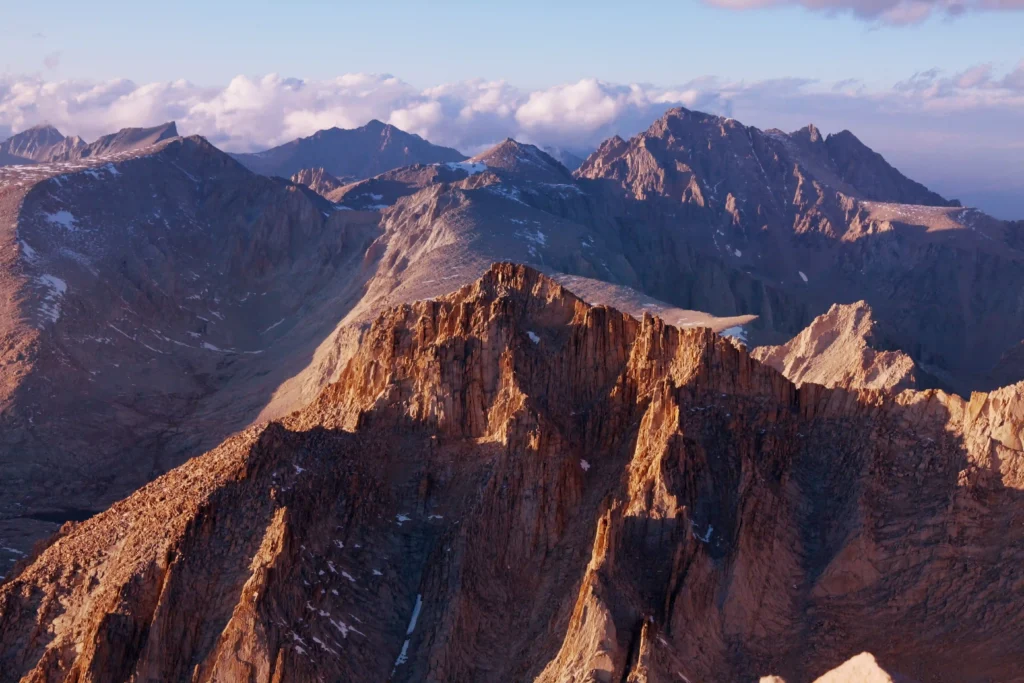
Pingback: The Ultimate Bucket List: 9 Best Hiking Trails in The USA to Conquer - Blogs by MHS